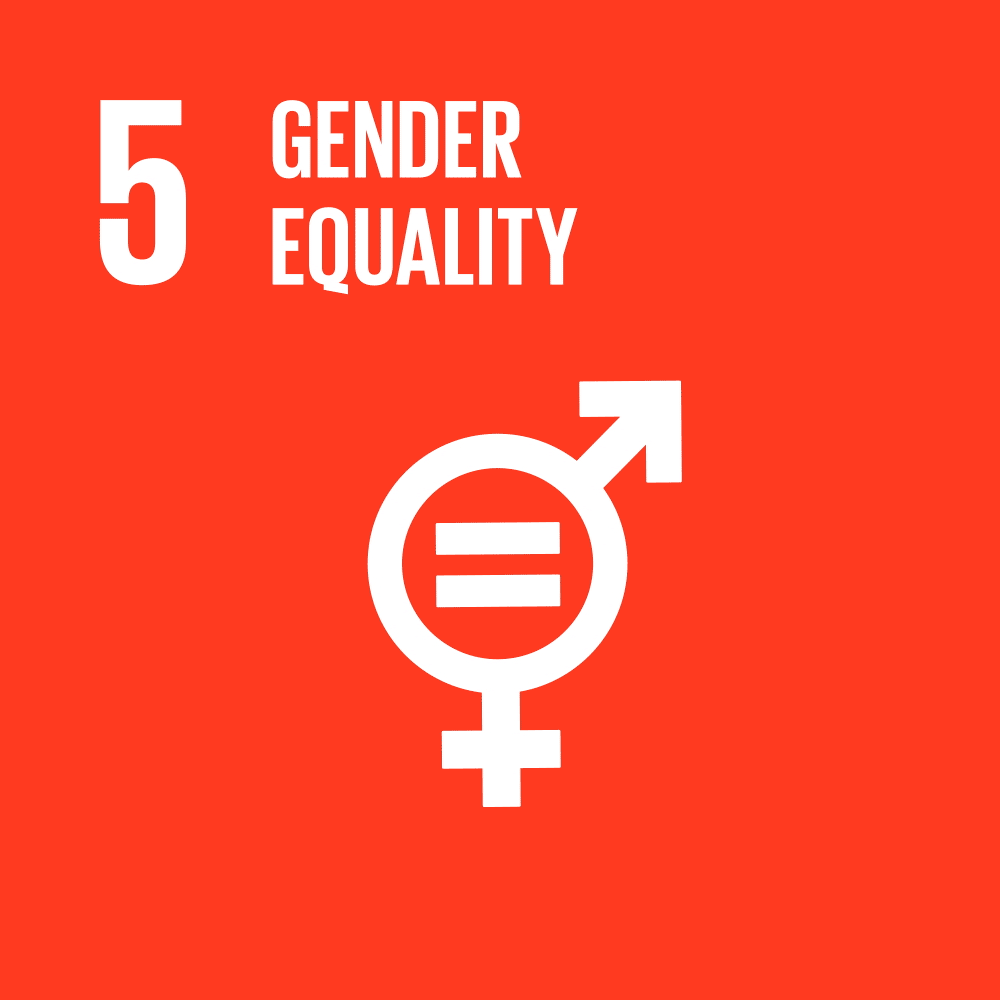Why I became an Ambassador
I came across an article from Mea Thompson, Head of Ambassador Programme at the Unconnected.org, in which she shared her story and the reason she joined theunconnected.org and that is how I was inspired to join as an ambassador and now I am proud to be part of this amazing team.
I first met the team at theunconnected.org on a zoom call and it was great to see all the individuals from different fields such as Telecoms, IoT, Sustainability, IT, Smart buildings who all share the same passion towards the vision of theunconnected.org to connect over a 1 Million NEW people to the internet by 2025, this strong purpose deeply resonates with me.
Today over 3.2 billion people remain unconnected to the internet, this has given rise to lack of information leading to social injustice, lack of education, rising poverty. By providing connectivity to the unconnected, the team are enabling individuals and communities in their journey towards SDGs.
United Nations sustainable development goals are a collection of 17 interlinked global goals to be achieved by 2030, designed to be a “blueprint to achieve a better and more sustainable future for all” (UNDP, 2020).
Below are a some of the SDGs that are directly impacted as a result of connectivity.
SDG 2 - Zero Hunger
If connectivity is implemented successfully in agriculture, the industry could tack on $500 billion in additional value to the global gross domestic product by 2030 (McKinsey Advanced Centre of Connectivity, 2020).
Connectivity can be used for crop monitoring (temperature, humidity, soil moisture), live stock monitoring (using trackers), building and equipment management (asset tracking, safe storage, security, temperature monitoring), farming by drone, autonomous farming machinery.
In one of the use cases (GSMA, 2019) once the farmers were provided connectivity, they used this to receive weather data in form of text messages, this enabled the farmers to be proactive to changing weather conditions and adapt to protect and increase their yield.
SDG 4 - Quality Education
Two thirds of the world’s school-age children – or 1.3 billion children aged 3 to 17 years old – do not have internet connection in their homes, according to a new joint report from UNICEF and the International Telecommunication Union (ITU).
“That so many children and young people have no internet at home is more than a digital gap – it is a digital canyon. Lack of connectivity doesn’t just limit children and young people’s ability to connect online. It prevents them from competing in the modern economy. It isolates them from the world. And in the event of school closures, such as those currently experienced by millions due to COVID-19, it causes them to lose out on education.
Put bluntly: Lack of internet access is costing the next generation their futures.”
Henrietta Fore, UNICEF Executive Director
Education is a human right and a force for sustainable development and peace. Internet connectivity plays a crucial role in providing access to children for learning and sharing knowledge. Read HERE about what my colleague Jeroen has achieved in Mexico, connecting communities and enabling students receive the education that we all take for granted.
SDG 5 - Gender Equality
Did you know however that there are still 3.2 Billion people unconnected globally and the vast majority of them are female.
Ending all discrimination against women and girls is not only a basic human right, it's crucial for sustainable future; it's proven that empowering women and girls helps economic growth and development.
Without equal access to technology and the internet, girls and women are not able to equally participate in our digital societies. They are unable to actively speak out on the issues that concern them, have access to the information and support networks to help educate and empower them or provide them with a simple means of feeling safe.
It is incumbent upon us to work as hard as we can to ensure we close this digital divide and a divide it is.
“The gender digital divide in access to the internet remains largest in the world's least developed countries at 32.9%” (www.plan-international.org, 2020).
Providing access to internet will enable women to know their rights, speak up about issues concerning them and enabling access to education and opportunities.
SDG 13 - Climate Action
Climate change is one of the biggest catastrophes of our generation. The United Nations Environment Programme estimates that adapting to climate change and coping with damages will cost developing countries $ 140 – 300 billion per year by 2030. Here again providing the connectivity backbone to individuals in developing world will mitigate the impact of climate change by making them aware of the challenges they face and educating them on ways to deal with it. Connectivity can enable many adjacent technologies, such as enabling smart and micro grids by decentralising electricity production and reducing carbon emissions, safeguarding forests and wildlife by using trackers, satellite mapping, artificial intelligence and IoT. Also, adopting the policy of banning single use plastic and educating through online platforms is an important mitigation.
If you would like to know more, sponsor the vision that we so passionately believe in or be a change maker then join us today as an ambassador at theunconnected.org




